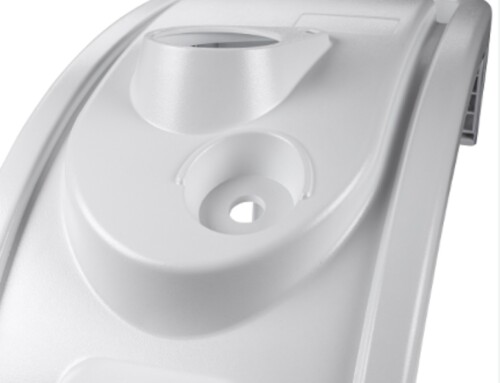Carbon fiber composite materials used in military equipment
 Carbon fiber composite materials used in military equipment Carbon fiber is “soft on the outside and hard on the inside”. It not only has the essential characteristics of carbon materials, but also has the softness and processability of textile fibers. It is a new generation of high-performance reinforcing fibers. Carbon fiber, which is several times thinner than a hair, is combined with a matrix such as resin, carbon, ceramic, and metal. After a special composite molding process, carbon fiber composite materials with excellent performance can be obtained. It can be widely used in many fields such as aviation, aerospace, energy, transportation, and military equipment. It is an important material for national defense, military industry, and civilian production and life.
Carbon fiber composite materials used in military equipment Carbon fiber is “soft on the outside and hard on the inside”. It not only has the essential characteristics of carbon materials, but also has the softness and processability of textile fibers. It is a new generation of high-performance reinforcing fibers. Carbon fiber, which is several times thinner than a hair, is combined with a matrix such as resin, carbon, ceramic, and metal. After a special composite molding process, carbon fiber composite materials with excellent performance can be obtained. It can be widely used in many fields such as aviation, aerospace, energy, transportation, and military equipment. It is an important material for national defense, military industry, and civilian production and life.
According to reports, carbon fiber seems simple, but its manufacturing process is very complicated. It is a system engineering that integrates multidisciplinary, refined, and high-tech technologies. It involves chemical, textile, material, precision machinery and other multidisciplinary fields. The entire process includes high-precision control of thousands of parameters such as temperature, humidity, concentration, viscosity, and flow. If you are not careful, it will seriously affect the performance and quality stability of carbon fiber, so it is far beyond the reach of general process technology.
Today, carbon fiber composite materials have not only become an indispensable basic material for achieving high stealth performance, but also an important symbol for measuring the advanced performance of weapon equipment systems. For example, since many aircraft use a higher proportion of carbon fiber composite materials, their payload, endurance and survivability have achieved new breakthroughs.
One of the biggest features of fighter jets is their good stealth performance, which is closely related to their extensive use of carbon fiber composite materials. In addition, other fighter jets also use carbon fiber absorbing materials, including the Swedish patrol ship, which uses all-composite materials, so it has advanced combat performance such as high stealth, high maneuverability and long life.
The development of the aerospace field is even more meticulous. For example, for every 1 kg reduction in the mass of a solid rocket engine, the range can be increased by 16 kilometers. Therefore, carbon fiber composite materials are widely used in engine shells such as US missiles. In the future, carbon fiber will be an important foundation for the development of miniaturized, highly maneuverable, highly precise and highly penetrating advanced strategic weapons and equipment.
New high-performance carbon fiber composite materials have better stability and reliability, and are currently widely used in equipment systems such as hypersonic aircraft, the International Space Station, and advanced satellites. The US Department of Defense emphasized in the “Material Research for 21st Century Defense Needs” report that “by 2020, only composite materials have the potential to improve the performance of equipment by 20-25%.”
With the development of modern weapons and equipment, the trends of stealth, low energy consumption, high mobility, and large load are prominent, and the performance requirements of carbon fiber and composite materials are getting higher and higher. Therefore, the development of higher strength and higher modulus carbon fiber and the matching high-performance combat system has become the highlight of the military powers’ competition for cutting-edge strength. At present, developed countries are focusing on three directions: carbon fiber, advanced resin and manufacturing technology.
At present, there is huge potential and space for improvement in the tensile strength and modulus of carbon fiber in theory and in the laboratory, so the battle is in full swing.
In the field of resin research, the focus is on the development of high-toughness thermosetting resins, which can increase the long-term temperature of weapon equipment components and improve toughness, processability and moisture and heat resistance. The development of thermoplastic resins can significantly improve the impact toughness and fatigue damage resistance of weapons and equipment.
Modern advanced automated manufacturing technology can realize the integration of component three-dimensional models to manufacturing, which is suitable for the manufacture of large-size and complex structural parts, and can effectively improve the quality reliability of equipment and reduce costs, thereby promoting the better development of national defense and military industry.




